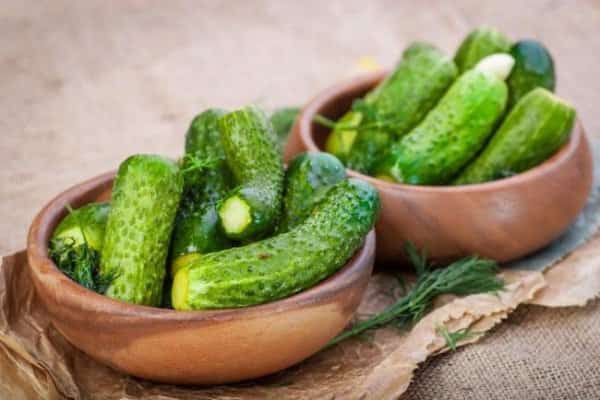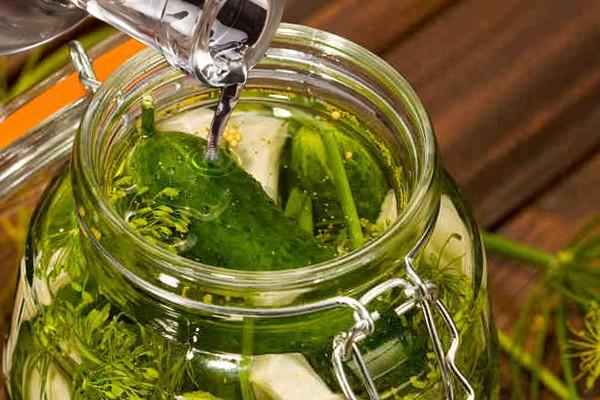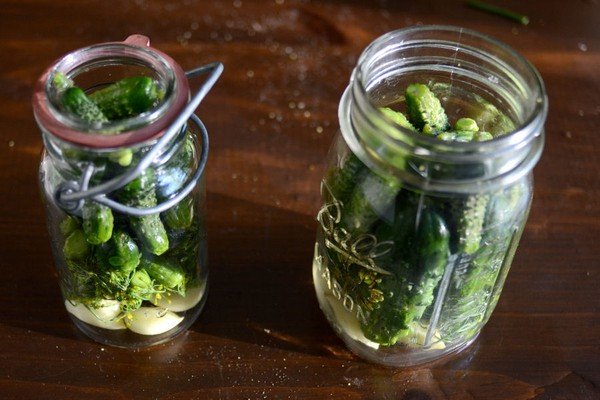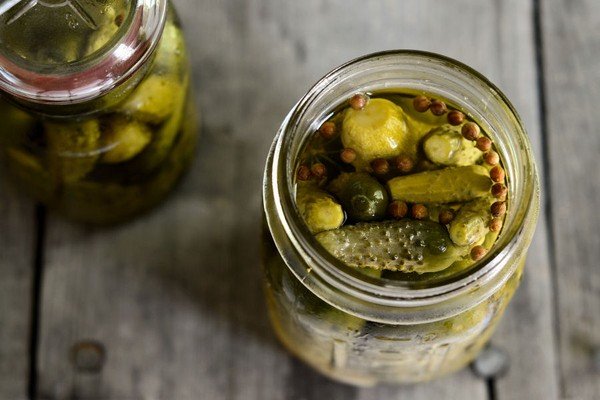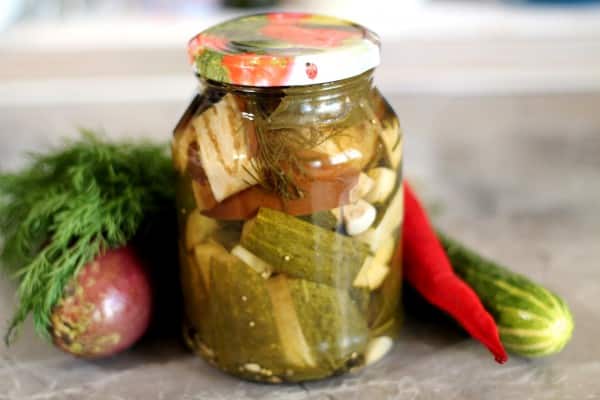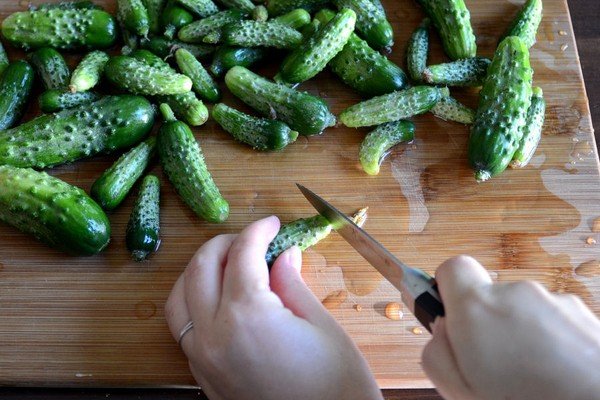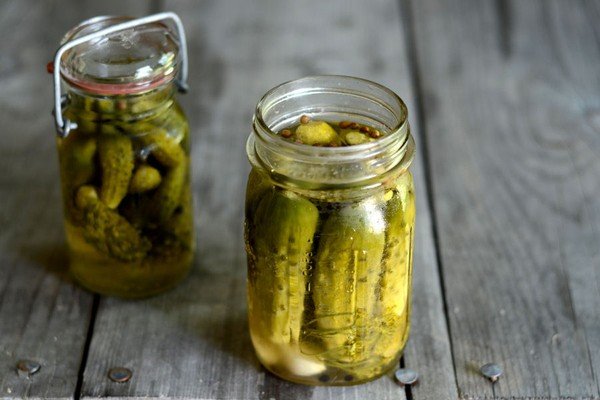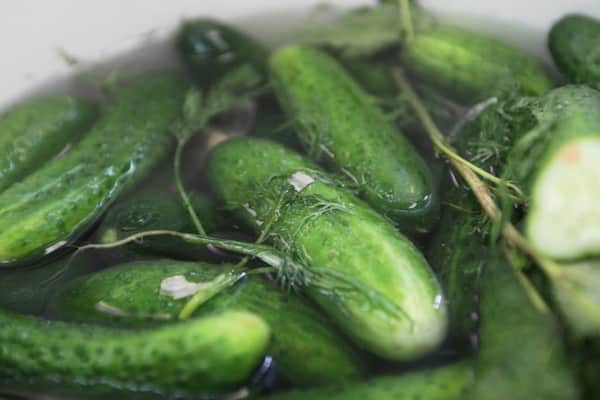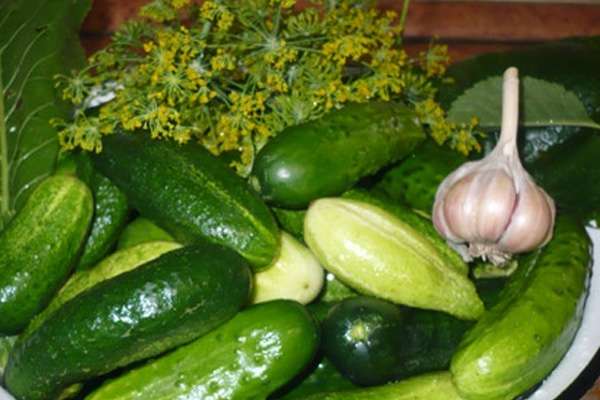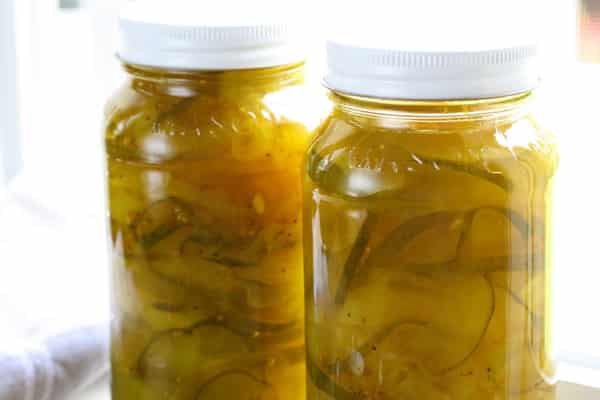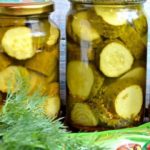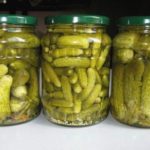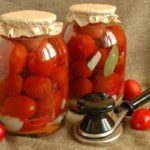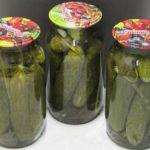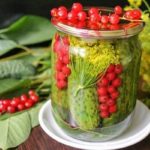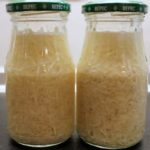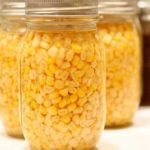The fresh harvest has already been harvested, but the usual pickling recipes have become boring? The problem with choosing an original blank is that over a long time many different options have accumulated. Some of them do not live up to the expectations of getting a tasty dish. In the material presented you will find the answer to the question: how to pickle cucumbers for the winter using aspirin? Based on this, you can decide on a recipe for future preparation.
- Why add aspirin? Advantages and disadvantages
- Maintain proportions
- Basic Recipes
- Pickled cucumbers with citric acid for the winter
- Recipe under a nylon lid
- Cucumbers in liter jars with mint
- Recipe without vinegar
- Cucumbers pickled with aspirin and vinegar
- Without sterilization
- Cucumbers with mustard
- Crispy canned cucumbers
- Cold pickled cucumbers
- How to properly store preserves
Why add aspirin? Advantages and disadvantages
Aspirin is added to pickles for better preservation. For example, it is actively used for sauerkraut.
The advantages of this method:
- the shelf life increases due to the disinfecting properties of acetylsalicylic acid, the jars do not become cloudy or ferment;
- cucumbers turn out crispy, elastic, with a special taste and smell;
- vegetables become tastier with increased shelf life.
Preservation with aspirin also has disadvantages. The main argument against its use is its classification as a medicine, which many consider unacceptable in the preparation of edible dishes. This is due to the active substance, which thins the blood and lowers body temperature. Whether this recipe is suitable or not is decided individually.
Maintain proportions
The preparation of cucumbers using acetylsalicylic acid is carried out using various methods: salting, pickling, with or without sterilization, hot or cold. All of them require the implementation of general rules, thanks to which cucumbers turn out juicy and delicate:
- Freshly picked fruits should be kept in cold water before harvesting. This will give them a special crunch.
- Aspirin tablets must first be crushed into powder.
- When hot salting, the container should be quickly sealed, turned over, and placed in a warm place.
Now let’s figure out how many ingredients are needed for canning in a three-liter jar.
- gherkins - 2.5–2.8 kilograms;
- currant, cherry leaves - 5 pieces each;
- aspirin - 2 tablets;
- water - 3 liters;
- horseradish leaves - 3 pieces or root - 1 piece;
- peppercorns - 5 pieces;
- granulated sugar, salt - 5-7 tablespoons each;
- dill umbrellas, stems - 2 pieces;
- garlic cloves - 2 pieces.
If desired, you can add other elements: tomatoes, zucchini, bell peppers, onions, various seasonings, spices, herbs.
Basic Recipes
From all the variety of cooking options, we chose the simplest ones that every housewife can prepare. But simplification will not lead to a deterioration in taste; on the contrary, the cucumbers will turn out piquant, aromatic and very tasty.
Pickled cucumbers with citric acid for the winter
This is a unique alternative to preparations using vinegar. To the main ingredients you need to add 2 spoons of lemon powder, 2 bay leaves, change the proportions to suit the volume of the selected container. Recipe:
- Cover the bottom of the container with greenfinch, add allspice peas, bay leaves, and garlic slices;
- Place small cucumbers on top;
- add sugar, salt, acid, aspirin powder;
- pour boiling water into the container and quickly seal;
- shake the jars gently so that the bulk components dissolve;
- Place in a warm place upside down, cover with a blanket or blanket.
Salted vegetables will delight you with a ringing crunch and juiciness. They can be stored all winter.
Recipe under a nylon lid
Pickles according to this recipe will look like they come from a barrel. They will have a moderate, slightly sour taste. To implement the recipe you will need nylon lids. Ingredients for one three-liter jar:
- unripe cucumbers from the garden - 2.5 kilograms;
- salt - 50 grams;
- aspirin - 2 pieces;
- water - 2.5 liters;
- dill umbrellas - 3 pieces;
- laurel - 2 pieces;
- garlic cloves - 2 pieces.
Step by step recipe:
- wash and disinfect containers and lids;
- wash the cucumber fruits, peel the garlic, rinse the dill;
- soak the cucumbers to add crunch;
- prepare the brine - pour salt into cool water, wait for dissolution;
- Cover the bottom of the jar with dill, add garlic slices;
- place the cucumbers tightly, add acetylsalicylic acid powder;
- pour the prepared saline solution to the brim, cover with a lid, and put in a dark place;
- after 2 days, pour out the brine, rinse the contents, place more herbs and bay leaves on top, add clean water;
- seal the jars with nylon lids, previously lowered into boiling water for a couple of minutes;
- Check the tightness of the closure by turning the workpiece several times and put it in a shaded place.
You can add more greens to taste: oak, cherry, horseradish, currant leaves. They will give the vegetables a denser and more elastic consistency.
Cucumbers in liter jars with mint
Gherkins and liter containers are better suited for pickling. Step-by-step preparation:
- prepare all ingredients;
- Place parsley, celery sprigs, currant leaves, mint leaves, chopped garlic, grated horseradish root on the bottom of the disinfected liters;
- place gherkins with dill inflorescences on top;
- add boiling water, cover with lids, wait 10 minutes;
- remove the liquid, add more boiling water, do it twice;
- Add salt and granulated sugar to the last portion of boiled water and keep on fire for about 5 minutes;
- Add an aspirin tablet and prepared brine to the empty jars and roll up;
- turn the liters over and cover with a cloth.
An unusual recipe will demonstrate a new, piquant mint taste and fresh aroma.
Recipe without vinegar
Pickling cucumbers with aspirin and without vinegar is one of the simplest and fastest methods of preservation.The ingredients are presented in a classic set, but you can add your own seasonings and components if you wish.
Step by step recipe:
- put horseradish leaves, currants, cherries, dill inflorescences, chopped garlic cloves, aspirin powder on the bottom of the dish;
- arrange the cucumbers tightly in the next layer;
- prepare a saline solution - add salt to boiling water, stir until dissolved;
- Pour the resulting mixture into the contents of the jars and seal.
If you want to get the finished dish faster, cover the containers with a blanket, leave until cool, and only then put them in a cool place.
Cucumbers pickled with aspirin and vinegar
Pickling cucumbers for the winter using aspirin and a bite is a great option for getting an amazing snack. The combination of these two components will prevent the jars from clouding and exploding. Additional ingredients: whole garlic head, cloves. Preparation:
- prepare the ingredients - wash the greens, gherkins;
- Place horseradish leaves, vegetables, dill umbrellas on the bottom of the jar;
- add boiling water, cover with lids;
- pour into a saucepan after 10 minutes, bring to a boil, add back to the jars, repeat twice;
- add cloves, chopped garlic, peppercorns, granulated sugar, salt, crushed acetylsalicylic acid to the contents;
- pour vinegar into a saucepan with water from jars, bring to a boil, fill containers, roll up;
- Place them upside down and wait until they cool down.
The taste of gherkins will surprise you with spicy notes, a ringing crunch and a dense consistency.
Without sterilization
If fresh cucumbers and herbs are collected from your own garden, then simply wash them. Prepare containers and lids by steam disinfection. Next follow the recipe:
- pour aspirin powder into a jar;
- lay leaves of horseradish and fruit trees on the bottom;
- fill the container halfway with cucumbers;
- add salt, granulated sugar, peppercorns;
- add cucumbers to the edges, add umbrella dill;
- Boil water in a saucepan, scoop it up with a ladle, pour it into jars, and seal them.
You can eat these cucumbers within a month and a half. During this time they will marinate well.
Cucumbers with mustard
To obtain tasty vegetables with a spicy taste, additionally use mustard powder, ground red pepper, and sunflower oil. It is better to take large cucumbers. Step by step recipe:
- Wash the cucumber fruits, remove the ends, cut into 4 circles, put them in a bowl;
- chop the herbs, garlic, add to the vegetables;
- send all the bulk ingredients, vegetable oil, mix, cover, leave for 3 hours;
- transfer the resulting mixture into jars, add an aspirin tablet, and cover with sterilized lids;
- put the container in a saucepan, boil;
- Carefully remove the cans, roll them up, place them upside down and cover with a blanket.
The finished snack will have a spicy taste, which is perfect for winter feasts.
Crispy canned cucumbers
The crispy consistency of cucumbers can be achieved by pre-soaking them. After this, you can proceed directly to canning:
- cover the bottom of washed and sterilized jars with garlic slices, herbs (currant branches, cherry leaves, horseradish, dill), peppercorns;
- Place the cucumbers tightly, pour boiling water over them, and put the lids on;
- drain the water, add boiling water again for 15 minutes;
- transfer the liquid to a saucepan, add granulated sugar and salt, boil;
- add an aspirin tablet to the contents, the remaining greens, pour in the marinade, quickly roll up;
- Turn the jars over and leave them in a warm place until they cool.
Using aspirin will make the cucumbers extra crunchy and eliminate the need to add vinegar.
Cold pickled cucumbers
This marinating will give the vegetables the taste of barrel cucumbers and a dense consistency. Step-by-step preparation:
- Prepare the cucumbers and place them on the bottom of the container, cover with greenflies and bay leaves on top;
- pour salt, crushed acetylsalicylic acid, pour in ice water;
- Cover the container with nylon lids and refrigerate.
An important point is to use only purified water, such as well water.
How to properly store preserves
Canned products should be stored at room temperature, or lower. Glass jars should not be left in the cold. Low temperatures will lead to bombing, deterioration in the consistency and taste of cucumbers.
You choose the storage location yourself, taking into account temperature conditions. The optimal places would be: cellar, basement, garage. In the apartment, just find a secluded, shaded place, for example, arrange a small pantry under the window sill in the kitchen.


